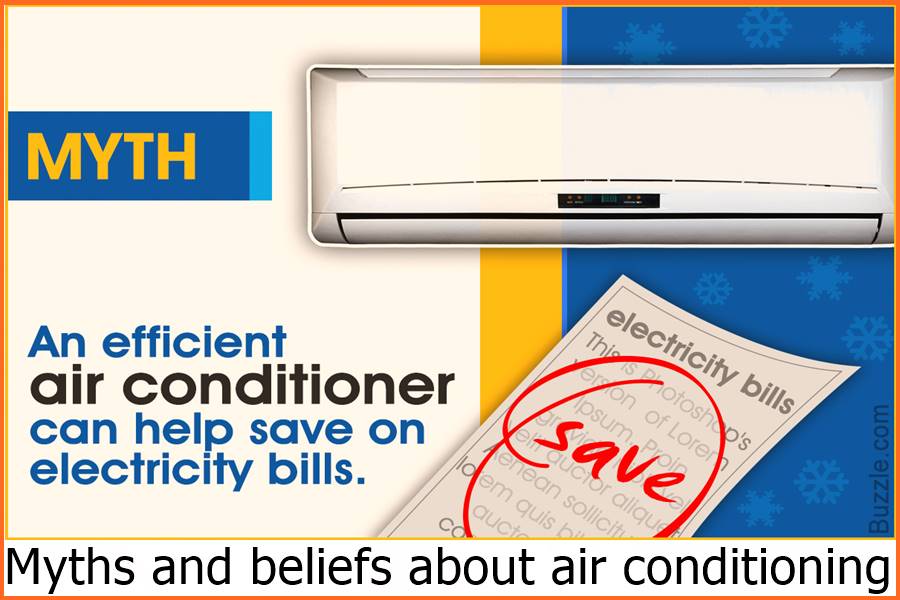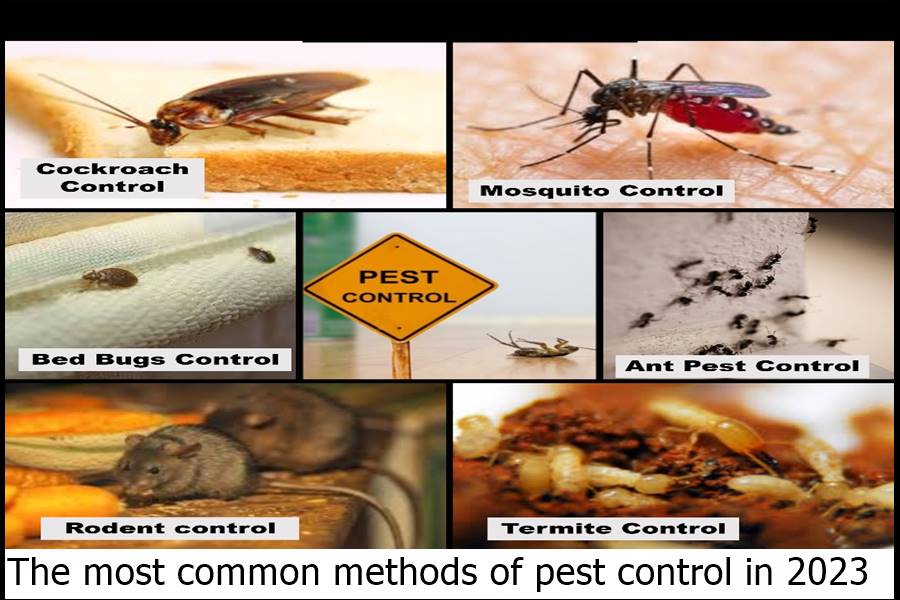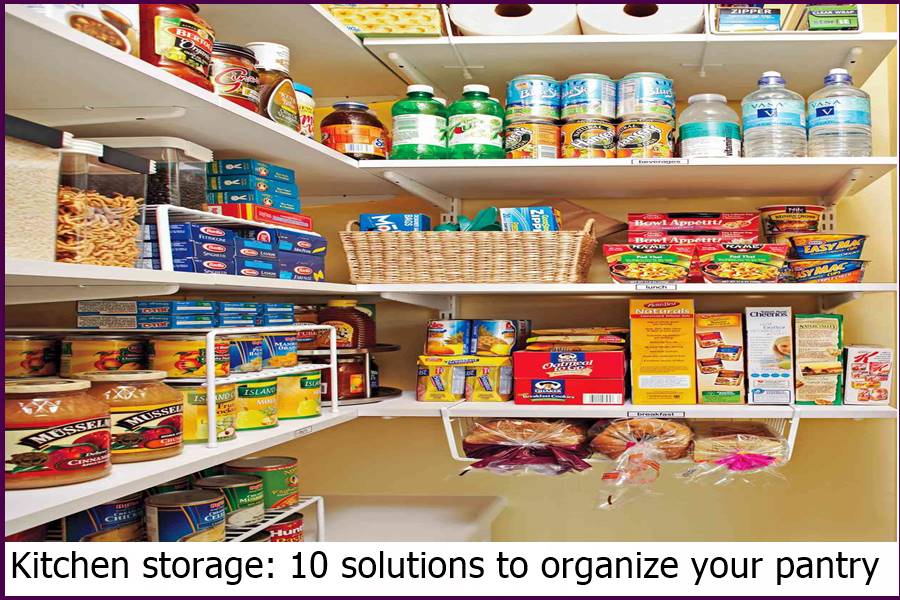BUYING GUIDE FOR AIR FILTERS: HEPA, REGULAR?
BUYING GUIDE FOR AIR FILTERS: HEPA, REGULAR?
Finding the right high-efficiency air filter for your furnace and ventilation system is essential if you want to keep indoor air healthy and protect yourself against allergens, animal dander, pollen or mould spores…
Proper ventilation in your home is essential for many reasons. We discuss in detail in other articles the issues of ventilation, its importance for the indoor air quality in the house, and the inhabitants’ health. Today we offer additional advice on air filters.
What are household air filters used for?
Air filters on air handling units such as boilers, HRV and ERV systems are intended to clean and purify the air before it enters your home’s ductwork, protecting the air quality. Indoor air against contamination by airborne particles. Dust, dirt and pollen in the air of homes have been shown to negatively affect human health and lead to, or worsen, respiratory problems such as asthma.
Considering current events, it is interesting to know that certain filters can prevent airborne viruses from circulating in our heating systems. And, although COVID-19 has only a limited airborne presence, the measles virus is 8-10 times more likely to be spread by our forced-air heating systems. We could reduce the risk of virus transport with a simple filter change: therefore, a better-efficiency filter is a good choice.
MERV or MPR air filters to clean viruses
Yes, high-quality air filters with an appropriate MERV or MPR rating can prevent the distribution of contaminants found in the outdoor air. They also filter the air recirculated through the home, removing particles, allergens, pathogens and viruses.
But to have good results, you must get good air filters and maintain your system at appropriate intervals (which can sometimes become risky). Furnaces and traditional air-circulating heating systems in North America tend to be hidden away in basements or utility rooms, and filter changes can often be forgotten for months.
When was the last time you changed your filter? Did you choose your filter based on cost, effectiveness, and suitability for your home and those who live there? It may be time to check it out and take this maintenance task more seriously.
How often should you change the air filters in your systems?
Under normal conditions, a filter may need to be replaced every few weeks or up to 3-4 months, depending on the type of filter chosen. A manufacturer’s suggested replacement period should be listed on the systems, so follow it! It is also worth checking the filter itself. There are different manufacturers and different grades of filters that vary the effectiveness of the filtering, depending on whether it is designed to filter out viruses or to depend on its period of effectiveness.
A clogged air filter in your home means poor indoor air quality and an inefficient furnace.
Are the air filters washable?
Some filters, such as those with a lower MERV, are washable, but some are not. In general, we should therefore advise against washing air filters. Higher-quality air filters are paper-based because they are the medium needed to capture the finer particles, and washing paper is impossible. That said, there are specialist manufacturers with products that might be worth looking into, anyone who has handled a car engine will know the name K&N for example, but did you know that K&N also offers a line of washable furnace filters?
What is the MERV rating on air filters?
Developed in 1987 by the American Society of Heating, Refrigerating, and Air-Conditioning Engineers (ASHRAE), MERV is an air filter classification system representing an efficiency ratio. MERV filters range from 1 to 16. The higher the value, the higher the performance.
- Air filters with a MERV of 6 capture pollen, lint and dust.
- Air filters with a MERV of 8 eliminate dust mites and mould.
- Air filters with a MERV of 11 catch pet dander, smoke and smog.
To help prevent the transmission of influenza and viruses at home and at work, a MERV 13-rated air or furnace filter should be installed. MERV 13 filters capture viruses and bacteria from coughs and sneezes and being airborne. While there is no guarantee that a top-quality air filter will protect you from all viruses, clean air will help maintain a strong immune system and can only help reduce the spread of the “bad guys” by being suspended in the air.
That said, take your time getting the top-rated filters, as such a filter might not only be useless, but it might also impede airflow through your air handling units. The higher the MERV rating, the more resistance it creates to airflow. Filters with very high ratings can thus put more strain on a system than it was designed for, which could deteriorate the air quality in your home and potentially burn out the motors of your appliances.
HEPA filters, however, have a very high MERV rating but are not suitable for most systems. It would help if you looked at the recommendations of your system manufacturers to find out the maximum filter capacity they can handle. Generally speaking, MERV 11 is considered a good balance between stopping fine particles without damaging the system by preventing adequate airflow.
What are the MPR ratings on air filters?
The higher the MPR rating, the better the filter’s ability to capture fine particles from the air.
More commonly seen in Canada, filters rated by an MPR value can help reduce carriers of airborne viruses from the air in homes.
SMART air filters: a smart idea?
Only when recent events cause people to think more carefully about the quality of the air circulating in their homes and what might be floating in them, your air filters and your furnace have likely been changed as often as they should have been. And how often an air filter should be changed for optimal performance depends on many factors, such as the type of filter.
Fibreglass filters can be cheaper, but they need to be replaced about every 30 days, and most people don’t. Then there are pleated air filters, usually made of higher-quality materials. They can last 3-6 months depending on the components, brand, frequency of use, types of particles the filter needs to capture, and the presence of pollen, dust, dust mites, mould, pathogens, and viruses.
While we can follow the instructions on the filters for more detailed advice on recommended change frequency, we could only tell for sure when the air filter needed changing…
SMART air filters in the home monitor
air quality and the condition of filters, so they are
changed when needed.
SMART, or intelligent, air filters like Filtrete have the advantage of monitoring the air quality automatically, as well as the air resistance of the filter, allowing you to get a notification through an app on your phone when it needs to be changed.
The advantages of SMART air filters described by 3M, the manufacturer, are:
- Filter Life: Filtrete™ SMART air filters use a sensor that monitors date, usage and airflow, telling you exactly when to change your filter.
- Outdoor Air Quality: Get valuable outdoor air quality insights for multiple locations anytime, anywhere using the Filtrete™ smart app.
- Receive alerts: If something goes wrong, the Filtrete™ Smart app can let you know the life of your filter and give you tips and tricks to help improve the air quality in your home.
- Easy replacement: The Filtrete™ Smart app saves your filter size and types for easy filter ordering and replacement.
Do electrostatic air filters work?
Electrostatic air filters for homes are a commodity with very little value in the real world. The LEED ® rating system focuses on protecting indoor air quality to protect the health of occupants, and LEED refused to award points for electrostatic “filters.” They don’t even filter the air, instead zapping particles with an electrical charge. And there’s not enough evidence that it works to recommend them.
How to Find the Best Home Air Filter
Don’t get into the impossible task of reading every page on “how to choose the best air filter,” or the half-dozen acronyms you’re supposed to remember, each with its rating scale. It’s not that hard!
Keeping the air in their home clean is quite simple for the average homeowner without significant health issues, with good indoor air quality. All you need is a well-balanced ventilation system (HRV or ERV, learn more here to help you choose the right one), have your ducts cleaned regularly and install an appropriate air filter.
To do this, find the brand and model number of your air handling units and purchase a MERV filter suitable for what you are filtering – (MERV 13 is the recognized minimum for removing airborne viruses, for example) or an MPR cote de mauve or 1201-1899. That’s all!
Do plants purify indoor air?
No, unfortunately not… At least plants do not purify the air to an effective degree. Plants remove contaminants from the air, but the speed at which they do so makes them completely insignificant when it comes to purifying the air in your home.
This myth has been traced back to a NASA experiment in 1989, which concluded that, yes, in a controlled environment, plants do absorb contaminants. We don’t question the validity of these results, but these are NASA scientists we’re talking about here, and the study aimed to plan a mission to Mars. The conditions cannot be applied to the actual conditions of the accommodations. This anecdotal result has grown out of proportion, and unfortunately, due to the web’s nature, it continues to spread.
Do air purifiers work?
It depends on what you want them to do. If you’re looking to spend a few hundred dollars on a machine that will drown out background sounds, then yes, they work great. But they will only do a little to improve indoor air quality significantly. Like with some plants in your living room, it’s all about scale. While better than plants, they can’t keep up with the internal volume of most Canadian homes, which average around 2200 sq . ft.
Your ventilation system will bring in between 100 and 200 CFM of air (cubic feet per minute), and you can have an air purifier that “treats” the same amount of air. Still, it’s fully diluted in your home by the air handlers and general circulation. If you sit right in front of it, you might notice a slight respite from your allergies after a few hours (or days), but in general, they’re only considered effective if they’re industrial-sized.
Buying recommendations for air purifiers tends to follow the plant myth from website to website. And like plants, they can’t process the volume of toxins and particles that have made indoor air, on average, much more polluted than outdoor air.
It’s also worth remembering that most modern homes built to code are riddled with toxic building materials that are heavily laden with formaldehyde and other VOC-containing chemicals; As we become more aware of home health, it’s natural for people to be on the lookout for solutions.
AN IMPROVED HVAC SYSTEM CAN HELP PREVENT AIRBORNE RESPIRATORY VIRUSES
In a scientific debate, the WHO recognized that in the case of COVID-19, airborne transmission could not be excluded in crowded, closed or poorly ventilated spaces. Scientists look for more evidence worldwide because it could affect many guidelines for crowded indoor spaces. Previously, WHO acknowledged studies and evidence detailing the transmission of COVID-19 from symptomatic people to other close contacts through droplets from the respiratory tract, either through direct contact with the infected person or through close contact with contaminated objects or surfaces.
This infographic shared by the BBC explains the difference between the droplet and airborne transmission. Droplets from the respiratory tract are very small, often invisible to the naked eye, ranging in particle size from less than 0.5 microns to 15 microns. There are standard measures to mitigate these droplets in indoor HVAC systems. Before embarking on any modifications to your HVAC system, understand the size of the COVID-19 virus. Some droplets are too heavy to stay in the air and will fall to the ground or nearby surfaces. Fomites scavenger droplets contaminated with COVID-19 and a host likely to touch such a surface will become infected.
Scientists have observed that 95% of particles in the air are often smaller than 100 μm (μm = micrometre), among which are submicron particles smaller than 1 micron. Droplets in the 0.5 to 20.0 μm range that persist in the air are more likely to be retained in the airways and cause infection. Due to the size of the virus (diameter from 0.015 µm to 0.4 µm), they are assigned to the same category of pollutants as PM1.
The size of the particle to be filtered in an indoor environment defines the choice of the efficiency of the air filtration solution. For example, pollen or bacteria seem gigantic compared to the COVID-19 virus. Note that enough protection for seasonal allergies may not be enough to fight harmful pathogens like the COVID-19 virus. Comparing it to human hair 60-120 microns in diameter will help you understand how small its size is.
WHAT CAN BE DONE?
Improving the ventilation system and managing airflow and air filtration is key to reducing the spread of COVID-19 in indoor settings.
1. INCREASE OUTDOOR AIRFLOW
- Blow clean outside air
- Increase the ventilation speed of the outside air
- Minimize air recycling
Determine if outside airflow can be increased and turned off or reduce air recirculation. Modifications to the HVAC system, such as installing an airflow control system, would maximize the supply of fresh air while minimizing air recirculation. If you must use recirculated air, switch to high-efficiency filters capable of capturing particles < 1 micron in size (ISO ePM1 80% and above). Also, ensure your HVAC indoor fan motor has enough horsepower to handle the upgrade.
- USE AIR FILTERS WITH ISO FILTER CLASS EPM1
- high-efficiency air filtration, subject to fan capacity limitations
- room air purifiers
- follow the regular maintenance protocol
- humidity control
The high-efficiency air filter traps particles responsible for spreading the virus, becoming inactive when captured on the filtration membrane. Upgrading to a high-efficiency filter depends on the level of air pollution. A higher quality filter may require a pre-filter to ensure good operational life. As for the fans, they must be able to handle an increased pressure drop during the filtration stage.
How do delivery service failures affect your business?
Camfil recommends an ISO ePM1 filter class according to ISO 16890 (ePM1 80% or more) for HVAC systems with air handling units. However, due to increased resistance to airflow and space restrictions, this option may only be practical for some HVAC systems. Consider using air cleaners to quickly upgrade to an inferior ventilation system to improve air filtration. It is also a means of quickly boosting the air quality of an already efficient system in the event of an increased risk requiring even higher protection. An expert in air filtration can make an appropriate analysis and suggest a solution that matches the indoor environment and existing HVAC system to minimize the impact of harmful pathogens such as COVID-19.
The efficiency of high-performance air filters (HEPA filters) is measured in MPPS (most penetrating particle size), meaning it is the lowest efficiency of the filter. For smaller or larger particles, this filter will work even better. MPPS are generally between 0.1 and 0.2 micrometres in size. Bacteria and viruses are often smaller than this but usually attach to larger particles. It should also be understood that air filters do not actively kill living organisms. They capture them and retain them in the filter matrix. Once the virus is captured, it remains in the air filter and will eventually dry out and die (called inactive). Studies on the COVID-19 virus indicate that the virus does not survive for more than three days on open surfaces. The following diagrams explain the effectiveness of selected air filtration in combating sub-micron particles such as vehicle emissions, bacteria, viruses and other harmful pollutants.
Compared to other filter classes, air filters with EN 1822 filtration class H13 capture 99.95% of contaminants classified as submicron particles like the COVID-19 virus. Besides upgrading to a more efficient filtration class, ensure that the supplier you choose can provide the performance test reports. Also, consider portable air cleaners or purifiers in rooms to reduce viral load where additional localized control is needed.
High humidity leads to the loss of infectious influenza virus from simulated coughing. Scientific studies have shown that an indoor humidity level between 40 and 60% RH helps fight airborne influenza infections. This ideal humidity level reduces the length of time airborne flu remains infectious.
An improved HVAC system with high-efficiency filters to minimize the impact of harmful pathogens in indoor environments is a “must” in the event of the droplet or airborne transmission. If the transmission is airborne, it is essential to optimize the airflow in the HVAC system whenever possible. To consult with a Camfil expert about your air filtration needs and assess your indoor air quality situation
- How To Fix A Furnace That Doesn’t Work Yourself
- Where to start advertising a flower shop 2023
- Onyx vs. Granite Countertop Pros and Cons 2023
- A warm and cozy winter with blankets and plaids 2023
BUYING GUIDE FOR AIR FILTERS: HEPA, REGULAR?


